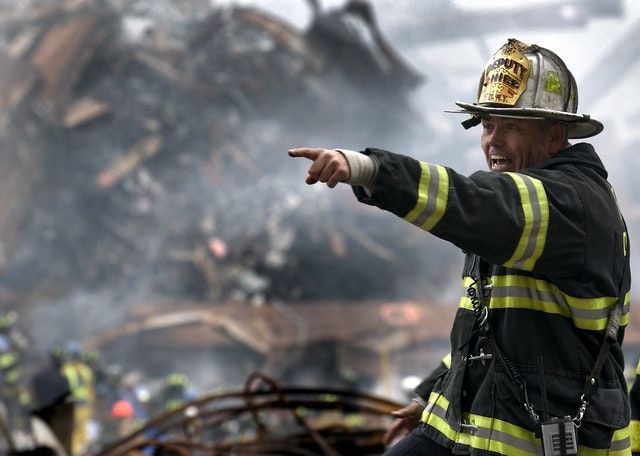You’ve no doubt heard the homeowner’s dilemma about his leaking roof. When it’s leaking, the weather is too bad to attempt a repair. However, when the sun is shining the roof isn’t leaking so there’s nothing to fix. He summed up the situation succinctly: “It only leaks when it rains.”
We laugh at the homeowner’s logic and shortsightedness. We would never be so foolish to put off solving a problem simply because the problem doesn’t exist at that moment even though we know it will become an issue at some time. And when it becomes an issue, it’s never a good time to work on it. In fact, it’s the worst possible time.
So it is when developing a disaster recovery plan. When things are going fine in your office, it’s easy to put off developing a plan to deal with a disaster. However, when calamity strikesand it will at some point it’s the worst possible time to try to mitigate its effects.
Here are the steps to develop a disaster recovery plan.
Make a List of Potential Dangers
Begin by considering the types of disasters that could affect your medical practice, clinic, or facility. The list will vary depending on what part of the country you’re in.
Here are some things to consider: hurricanes, tornadoes, flooding, snowstorms, fires, and earthquakes. Also consider the impact of a pandemic, terrorist attack, or quarantine.
Develop a Strategy to Mitigate Each Potential Disaster
Next determine how each one of these disasters will impact your ability to see patients and provide needed healthcare services. Access to your practice or medical center may face restriction, staff may be unable to report to work, or a power outage may render all your equipment inoperative including your ability to communicate with patients.
Key to any disaster is communication with your staff and your patients. But how can you communicate with them when your lines of communication aren’t working?
Find an outsource communications partner, such as a full-service medical answering service, to provide emergency communication services for you in the event of a disaster. They can serve as your point of contact between you, your staff, and your patients. Even though your operations face limitations, they’ll serve as your communications hub until the calamity is over.
Here are some things to consider for the communications portion of your disaster recovery plan.
- Establish how to notify your medical answering service about the problem, the extent of it, and what you need them to do to assist you.
- Direct all phone calls, and possibly email messages, to your medical answering service. If you’re unable to initiate this communication transfer yourself, they can do it for you. However, they usually can’t do this without setting up the process in advance. You must prepare for this ahead of time.
- Determine what services, if any, you can provide to your patients during this disaster. However, remember your safety and the safety of your staff is of the highest importance. Don’t put yourself at risk. Stay safe so you’ll be available to help once the calamity is over.
Conduct a Test Run
Having a plan in place is a great start. But don’t wait until disaster strikes to see if the plan works. Conduct a test run to identify any weaknesses in your plan. Then make appropriate adjustments to fix any shortcomings. Retest your plan until it meets your complete satisfaction.
Though the types of disasters vary, their impact on your practice or clinic is more defined. One issue common to all types of disasters is providing backup communication support. Check with your medical answering service to see if this is a service they offer. Work with them to set up the disaster recovery plan that is right for your practice, clinic, or hospital.
True, your roof only leaks when it rains, but if you patch it when the sun is shining, you won’t need to worry about the next rainstorm.
The time to develop your disaster recovery plan is today. Don’t delay.
Learn how medical answering service from MedConnectUSA can help your practice, clinic, or facility. Then get a free quote to discover how affordable their healthcare communication services are. Peter Lyle DeHaan is a freelance writer and call center authority.





